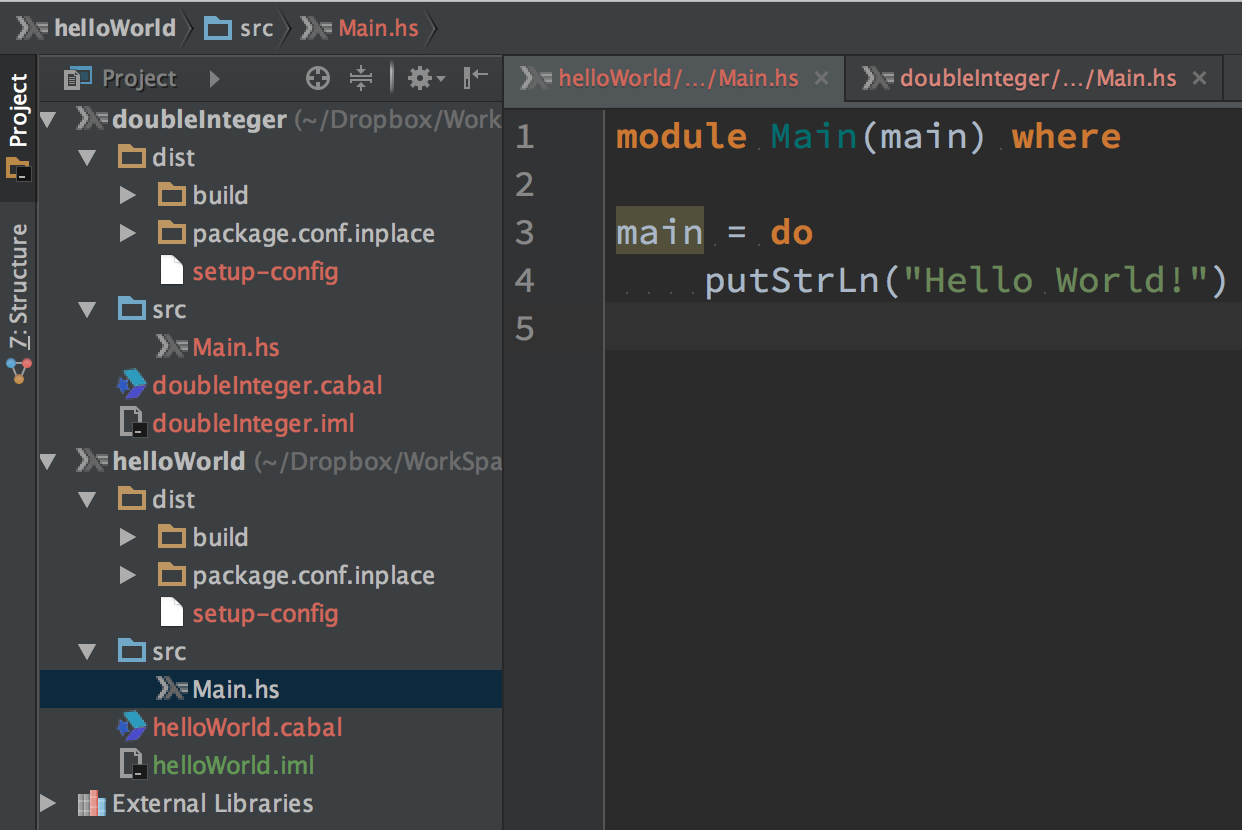Haskell How To Install Modules
A Haskell program consists of a collection of modules. A module in Haskell serves the dual purpose of controlling name-spaces and creating abstract data. A Haskell module is a collection of related functions, types and typeclasses. A Haskell program is a collection of modules where the main module loads up the other modules and then uses the functions defined in them to do something. Having code split up into several modules has quite a lot of advantages. If a module is generic enough, the.
A Gentle Introduction to Haskell, Version 98 11 Modules A Haskell program consists of a collection of modules. A module in Haskell serves the dual purpose of controlling name-spaces and creating abstract data types. Chandramukhi Serial Cast Names. Asus Eee Pc 1001p Recovery Disk Download. The top level of a module contains any of the various declarations we have discussed: fixity declarations, data and type declarations, class and instance declarations, type signatures, function definitions, and pattern bindings. Except for the fact that import declarations (to be described shortly) must appear first, the declarations may appear in any order (the top-level scope is mutually recursive). Haskell's module design is relatively conservative: the name-space of modules is completely flat, and modules are in no way 'first-class.' Module names are alphanumeric and must begin with an uppercase letter. There is no formal connection between a Haskell module and the file system that would (typically) support it.
